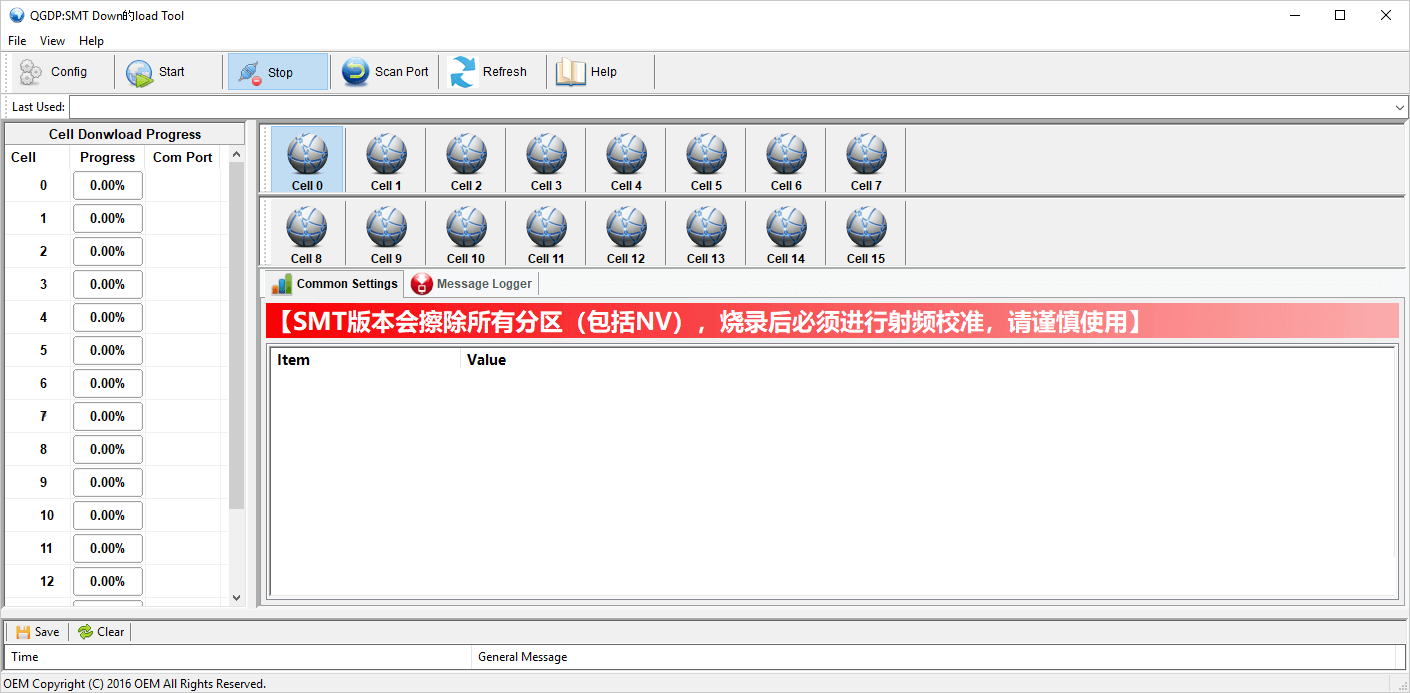The QGDP Tool SMT v3.1.8 is a Windows application that allows users to flash stock firmware on smartphones and tablets that run on the UMI OS system. It can be used to flash firmware, recovery images, and other files to the device’s internal storage.

Contents
QGDP Tool SMT v3.1.8 for Windows
QGDP Tool SMT v3.1.8 is a flashing tool for smartphones and tablets that run on the UMI OS system. It can flash firmware, recover a bricked device, or unlock the bootloader. The tool is available only for Windows computers.
Some of the Key features of the QGDP Tool SMT v3.1.8 include:
- Flash firmware: This feature allows users to update or replace the device’s firmware. Firmware is the permanent software programmed into the device’s memory, and updating it can improve performance, stability, and security.
- Recover from a bricked device: If a device becomes unresponsive or ‘bricked’ due to a failed update or other issues, this feature enables the device’s restoration. It can be an essential tool for developers and tech-savvy users, making it possible to revive devices that may otherwise be unusable.
- Unlock the bootloader: This functionality allows unlocking the bootloader, the program that controls the device’s startup process. By unlocking it, users can have deeper access to the device’s system files, enabling more profound customizations and modifications.
- Flash custom ROMs: This feature allows users to install customized versions of the operating system, known as ROMs. Custom ROMs can offer enhanced features, better performance, and a personalized experience catering to individual preferences and needs.
- Flash kernels: The kernel is the core of an operating system that controls interactions between the hardware and software. The QGDP Tool’s feature to flash kernels allows users to update or modify this essential part, allowing them to optimize hardware control and system performance.
- Flash recovery images: This function allows users to install or update recovery images on a device. Recovery images contain tools for diagnosing and repairing issues, restoring the system, or installing updates. Flashing these images provides flexibility in managing and maintaining the device’s optimal functionality.
Download QGDP Tool SMT v3.1.8
| Name | QGDP Tool SMT v3.1.8 |
| Type | Flash Tool |
| Developer | 360 Security Technology Inc. |
| File Name | QGDP_Tool_SMT_v3.1.8.zip |
| File Size | 21.59 MB |
| Version | 3.1.8 |
| Login Password | smt |
| Supports | Microsoft Windows (32-bit and 64-bit) |
Frequently Asked Questions
What is QGDP Tool SMT v3.1.8?
The QGDP Tool SMT v3.1.8 is a Windows application that allows you to flash the firmware on smartphones and tablets. It is a popular tool among mobile repair technicians and enthusiasts. The QGDP Tool can flash stock, custom firmware, and recovery images. It can also be used to unlock bootloaders and root devices.
How do I install QGDP Tool SMT v3.1.8?
You can install QGDP Tool SMT v3.1.8 by downloading the .exe file and installing the Flash tool on your computer. The installation process is quite similar to that of a standard Windows application.
How to use QGDP Tool SMT v3.1.8?
First, install the QGDP Tool on your computer. Then, load the firmware into the tool. Next, power off the device and connect it to the computer. Click on the Start button to begin the flashing process. Alternatively, you can follow the instructions on How to use QGDP Tool to install Firmware.
Is QGDP Tool SMT v3.1.8 Free?
Yes, QGDP Tool SMT v3.1.8 comes at no cost to users. This is attributed to its official release by 360 Security Technology Inc, explicitly intended to benefit those using UMI OS mobile devices.
Is QGDP Tool SMT v3.1.8 Safe?
Yes, the QGDP Tool SMT v3.1.8 is safe for PCs, laptops, and mobile devices. Furthermore, since this flash tool is an official release from the 360 Security Technology Inc community, it ensures safety and security when deployed on your computing devices.
Where can I find compatible firmware?
If you are looking for the original Firmware (Stock ROM) compatible with QGDP Tool, then head over to the CPB Firmware page.